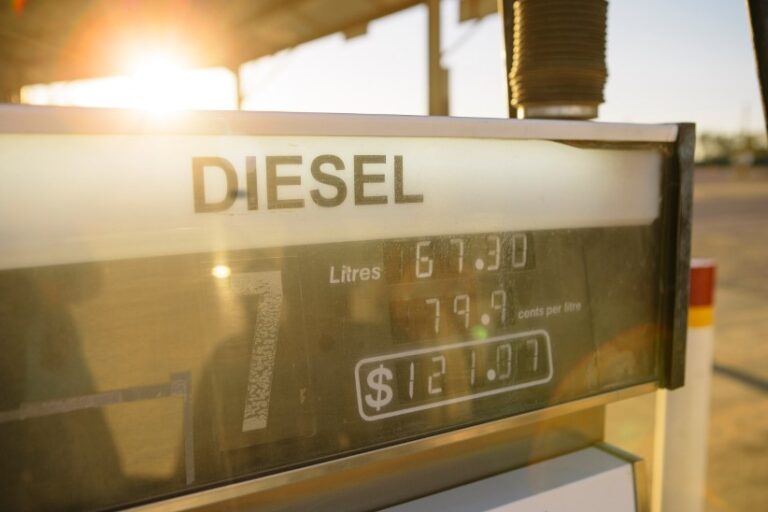– By Marc Sibbald –
In Fueltrac’s June Marketplace Report it commented on the recent OPEC meeting in Vienna and the potential of a cap on production
Normally any talk of placing a cap on production normally results in small rallies in the crude oil price which happened again leading up to this meeting. Though after the meeting, with no agreement on a cap, the price of Brent Crude broke through the $50 per barrel level.
An approaching equilibrium in world oil supply versus demand, and data on speculative hedging on oil prices lead the Fueltrac report to suggest that prices are set to rise and recommended that large fuel users (purchasing in bulk or via fuel cards) should consider managing their exposure to these price increases.
The trend over the last decade for fleets using fuel cards was to negotiate pump based discounts. This was driven by the supermarket fuel offers and the transparency and confidence it provided. It is also popular with novated drivers.
During the nineties ‘card’ or ‘rack’ based pricing was popular because it was linked to wholesale fuel prices relative to world oil prices. It also provided stability of a monthly price rather being linked to frequent fluctuations of pump pricing.
However in the current market where fuel retailer margins are high (and have been for some time) a pricing method linked to the inputs of supply may provide a more competitive fuel price for fleets.
“The gross margins at 32.5cpl for ULP and 33.1cpl for Diesel for the March Qtr 2016 remain historically high and underpin the renewed activity in the Australian retail fuels market ranging from overseas entry and acquisitions, capital investment in the new retail sites, truckstops and IPO’s” says the Fueltrac report.
“These continuing high ULP and Diesel margins do however provide an excellent opportunity for large fuel card users in Australia to extract significant rebates and discounts as the Oil Co’s seek to lock in long term supply contracts to underpin their investment in the retail fuels market. Fueltrac has had considerable success in re-negotiating supply contracts for our clients in this current environment.”
A quick search through the fuel card pages of the major retailers found that several are offering discounts of 6cpl for an initial six months and then 2cpl ongoing. Ten years ago a 2cpl discount was a big deal for a medium sized fleet. So the margins must be strong if 6cpl is being offered to new customers with no minimum volume requirements.
And in the Weekly Petrol Price Report for 12th June published by the Australian Institute of Petroleum the gap between the National Average ULP Wholesale Price and the National Average ULP Retail Price in June appears to be more than 15cpl. A lot more than 2cpl that is being offered by the fuel retailers on their fuel cards.







